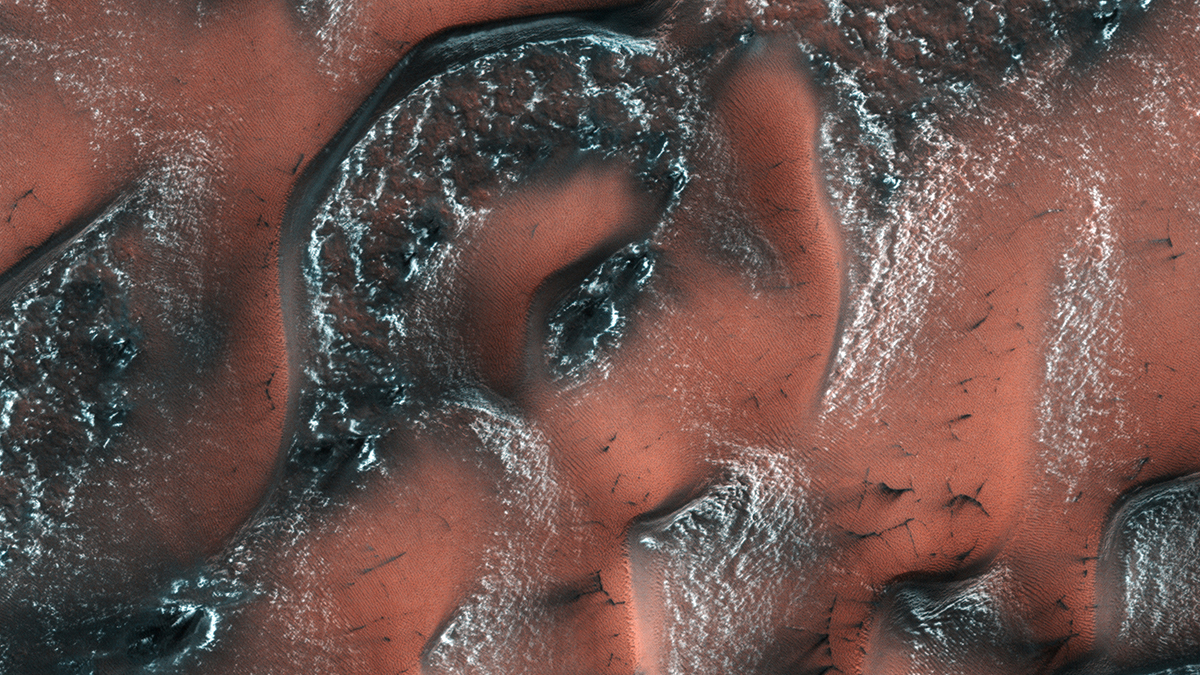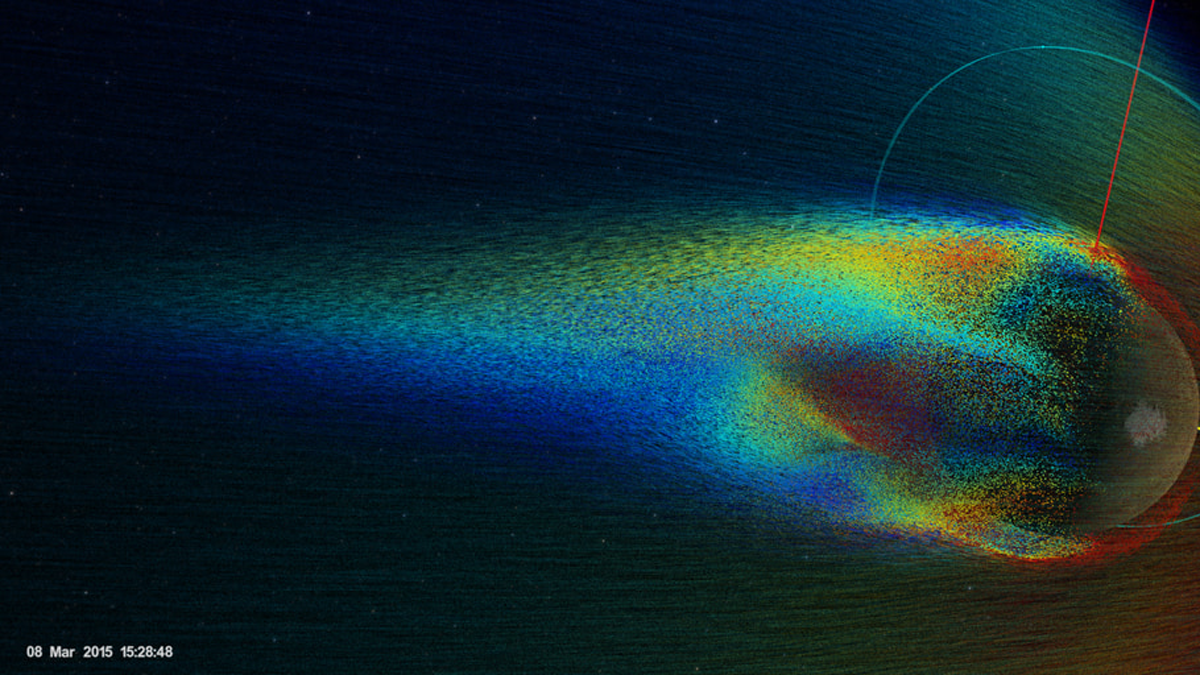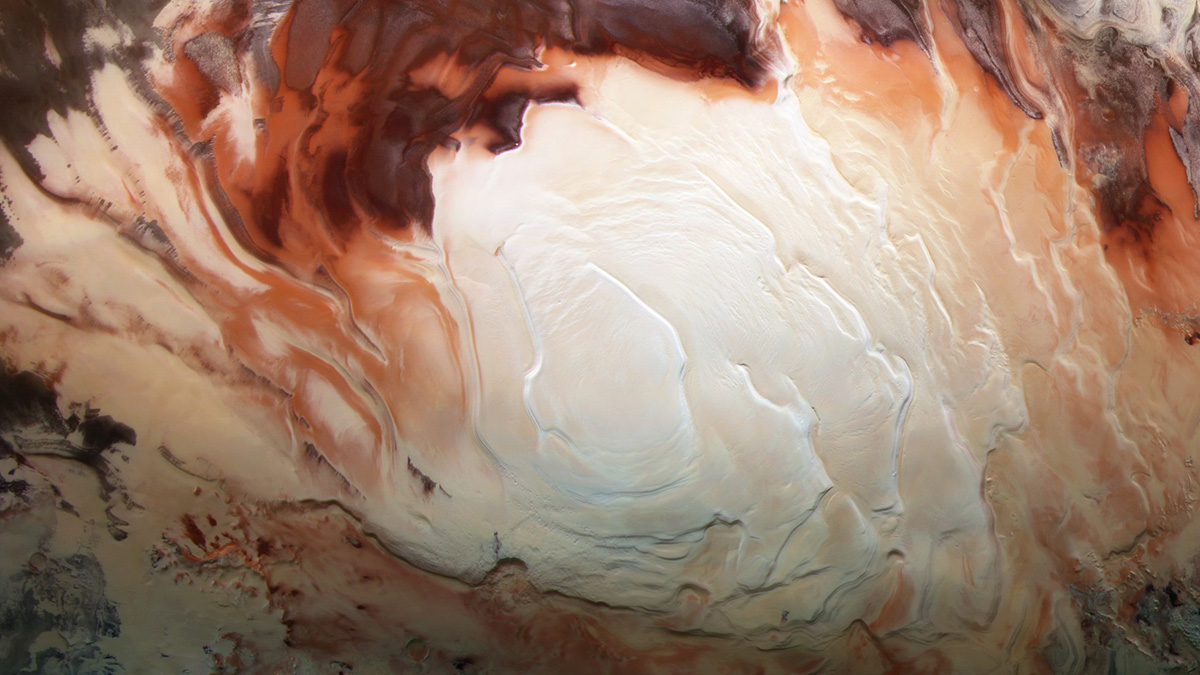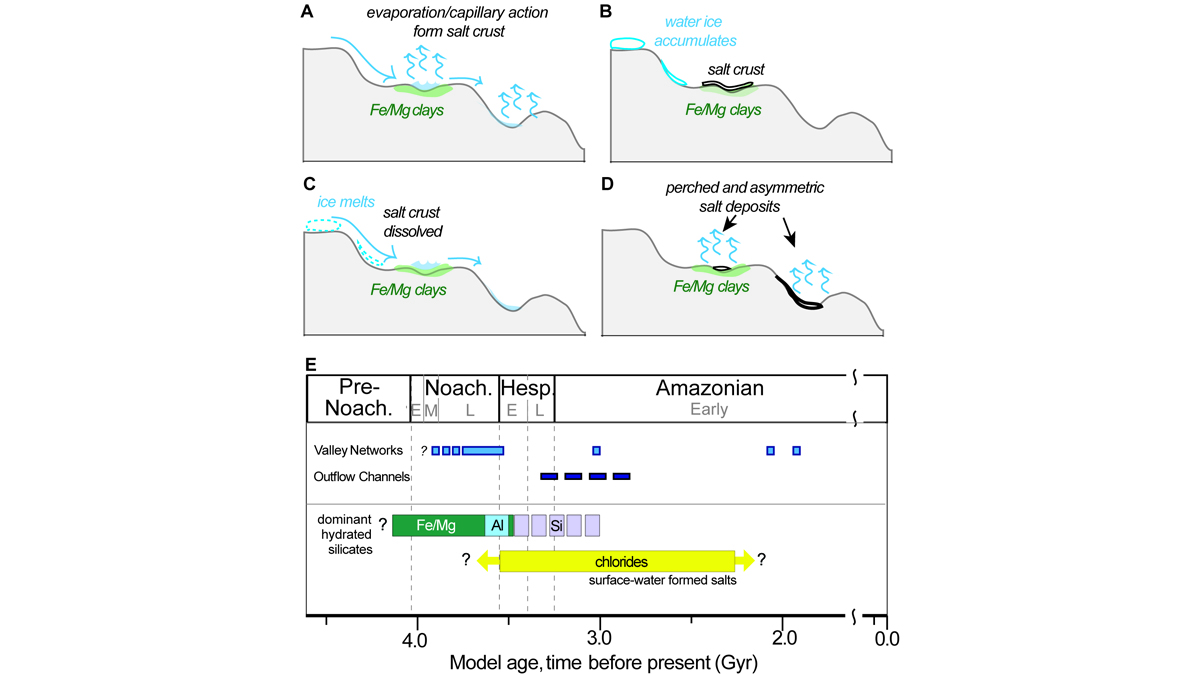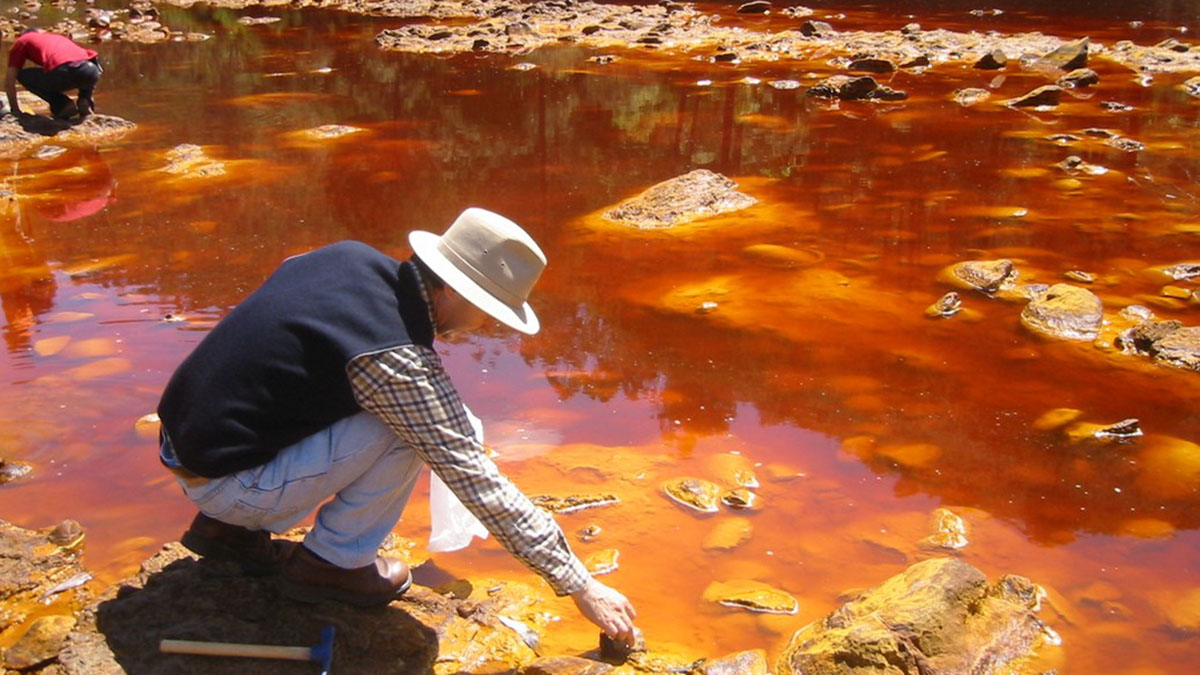On Earth, the water cycle is a dominant climate force. On Mars, it’s the dust.
Mars
Dust in the Wind, Dirt Under Our Feet, and Dunes of Another World
In our April issue of Eos, we follow researchers who get to the root of the Amazon basin’s rich landscape.
Martian Meteorites Reveal Evidence of a Large Impact
By analyzing rare Martian meteorites, researchers have uncovered a crystalline structure created by a large asteroid or comet impact that potentially affected the Red Planet’s habitability.
The Bumpy Search for Liquid Water at the South Pole of Mars
Studies since 2018 have provided competing explanations of bright radar reflections from the base of the south polar ice cap.
Young Ponds on Mars
A detailed study of evaporite (chloride) deposits on Mars shows that small bodies of surface water persisted until about 2.5 Ga, more recently than previously thought.
The Mystery of Methane on Mars Thickens
Two recently published papers zoom in on the mystery source of methane in the Martian atmosphere.
Measuring Carbon Ion Loss from the Martian Atmosphere
The flux, observed with NASA’s MAVEN spacecraft, is in line with models and 1–2 orders of magnitude lower than that of oxygen ions.
Using Hematite to Decipher Past Climates and Environments
The magnetic and color properties of the mineral hematite give clues to past environmental conditions and is being used for paleoclimatic reconstruction.

